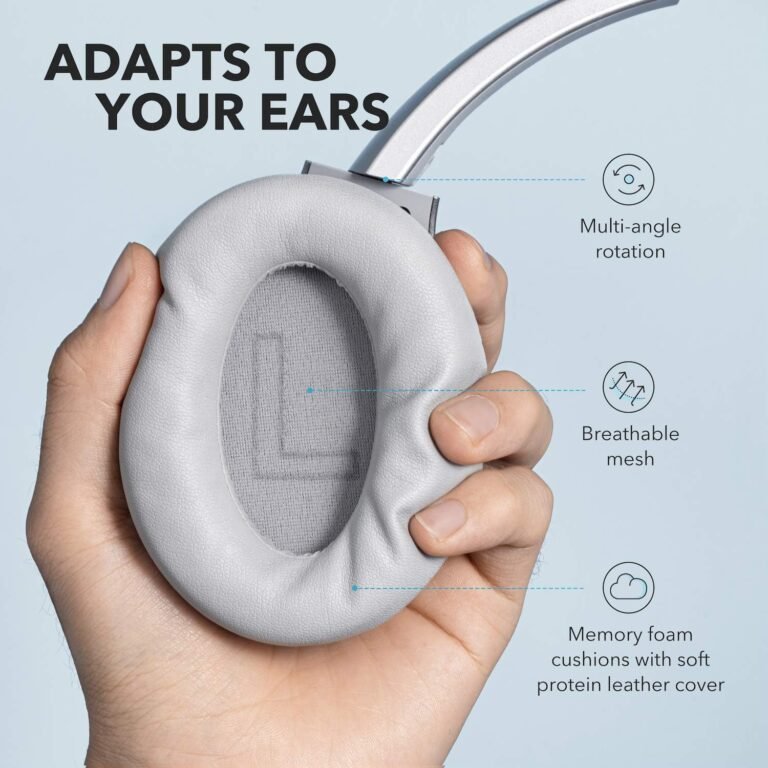Tips for Tracking Your Fitness Progress at Home
Are you looking to enhance your fitness journey from the comfort of your home? Monitoring your progress is key, but how can you effectively track your improvements without professional guidance?
By implementing a few simple strategies, you can stay motivated and ensure you're on the right path to achieving your fitness goals. From setting clear objectives to utilizing the latest fitness tech, these tips will help you stay accountable and make progress towards a healthier you.
Key Takeaways
- Set SMART fitness goals for clarity and motivation.
- Use fitness tracking devices for progress monitoring and motivation.
- Monitor body measurements for visual progress tracking.
- Maintain a consistent workout schedule for accountability and progress.
Setting Clear Fitness Goals
To kickstart your fitness journey successfully, begin by setting specific and achievable fitness goals that align with your personal aspirations and current physical condition. Goal setting strategies play a crucial role in keeping you motivated and on track. Start by outlining what you want to achieve, whether it's running a 5k, losing a certain amount of weight, or improving your overall strength.
When setting your fitness goals, make sure they're SMART: specific, measurable, achievable, relevant, and time-bound. This will help you stay focused and give you a clear direction to work towards. Additionally, find motivation in your goals by understanding why they're important to you. Whether it's improving your health, boosting your confidence, or setting a positive example for your loved ones, your reasons will fuel your commitment.
To enhance your progress tracking techniques and ensure accountability, consider sharing your goals with a friend, family member, or joining a fitness community. Having someone to support and encourage you can make a significant difference in staying consistent and accountable. Remember, the journey to better fitness starts with clear goals and unwavering motivation.
Using Fitness Tracking Devices
Enhance your fitness journey by incorporating the use of fitness tracking devices to monitor your progress and stay motivated towards achieving your goals. Fitness tracking devices offer various features to help you stay on top of your fitness game. Utilize sleep tracking to ensure you're getting adequate rest, as quality sleep is essential for recovery and overall well-being. Monitoring your heart rate during workouts can help you gauge the intensity of your exercises and ensure you're hitting your target heart rate zones for optimal results.
These devices provide real-time data that can guide your training decisions and push you to challenge yourself further. By tracking your progress with precision, you can identify patterns, set new targets, and make informed adjustments to your fitness routine. The insights gained from these devices empower you to make meaningful changes that align with your fitness objectives. Stay committed, stay informed, and let technology be your companion in this journey towards a healthier and stronger version of yourself.
Monitoring Body Measurements
Take control of your fitness journey by closely monitoring your body measurements. Keeping track of your progress is essential to reaching your fitness goals. Here are four key tips to help you effectively monitor your body measurements:
- Progress Photos: Take regular photos from different angles to visually see changes in your body shape over time. Progress photos can be a great motivator and help you stay focused on your fitness journey.
- Body Fat Percentage: Use a body fat caliper or a smart scale to measure your body fat percentage. Tracking this metric can provide valuable insights into your body composition changes, even if your weight remains the same.
- Measure Specific Areas: Focus on measuring specific areas like waist, hips, thighs, and arms to track changes in those areas where you may want to see improvements.
- Consistent Measurement Schedule: Set a specific day and time each week to take your body measurements. Consistency is key to accurately monitoring your progress and making adjustments to your fitness routine.
Keeping a Workout Schedule
Now that you've established a routine for tracking your body measurements, let's focus on the next crucial step: maintaining a consistent workout schedule. Creating a workout schedule not only helps you stay organized but also keeps you on track towards achieving your fitness goals. Start by setting specific days and times for your workouts, treating them as non-negotiable appointments with yourself. This will help you develop a routine and make it easier to stick to your plan.
Incorporating rest days into your schedule is equally important for your overall progress. Rest days allow your body to recover and prevent burnout or overtraining. Use these days to relax, engage in light activities like stretching or walking, and give your muscles the time they need to repair and grow stronger.
To stay accountable and motivated, consider finding a workout buddy or creating accountability partners. Having someone to share your progress, challenges, and successes with can provide support and encouragement along the way. Remember, consistency is key, so make your workout schedule a priority and watch as your fitness journey unfolds.
Tracking Nutrition Intake
To optimize your fitness journey, begin by closely monitoring your daily nutrition intake to ensure you're fueling your body effectively. Tracking what you eat can provide valuable insights into your dietary habits and help you make informed choices to support your fitness goals.
Here are four practical tips to help you track your nutrition intake effectively:
- Food Journaling: Keep a daily log of everything you eat and drink. Be honest and detailed to get an accurate picture of your nutritional intake.
- Macro Tracking: Pay attention to your macronutrient intake, including proteins, carbohydrates, and fats. Balancing these macros is essential for overall health and fitness progress.
- Set Realistic Goals: Establish achievable nutrition goals based on your individual needs and fitness objectives. This will help you stay on track and motivated.
- Stay Consistent: Consistency is key when it comes to tracking your nutrition. Make it a habit to log your meals and snacks regularly to maintain awareness of your eating patterns.
Conclusion
Congratulations on taking steps to track your fitness progress at home! Remember, consistency is key in achieving your goals.
By setting clear goals, using tracking devices, monitoring body measurements, keeping a workout schedule, and tracking nutrition intake, you're well on your way to success.
Stay focused, stay dedicated, and stay determined. With dedication and diligence, you'll see the results you desire.
Keep up the great work and keep pushing towards your fitness goals!







